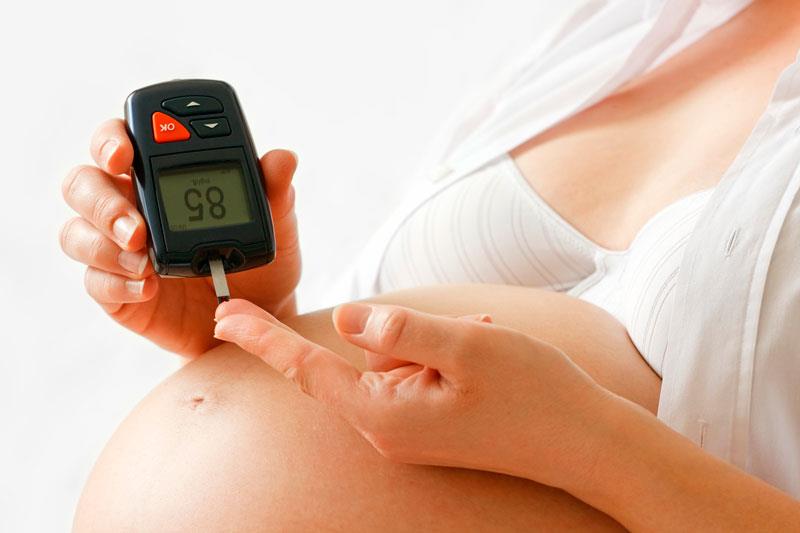
Experts have called for tighter monitoring of offspring of women with gestational diabetes mellitus (GDM) for any signs of metabolic syndrome.
“GDM management has always focused on the outcomes of the mother, embryo, fetus and neonate,” said Professor Manuel Carrapato of the Fernando Pessoa University, Portugal. “There is growing concern that the offspring, at some stage in adult life, may develop metabolic syndrome.”
Epidemiological studies have suggested that the offspring of diabetic mother (ODM) are at risk of developing obesity, insulin resistance, hypertension or vascular complications later in life. “Early DM surveillance in ODM may be possible, as we have identified in our study some early metabolic syndrome-related signs or symptoms ODM may show in their childhood,” said Carrapato.
“In our study of 254 ODM in Portugal, female ODM are already showing a tendency for excess weight gain and a rise in blood pressure by school age,” he noted. “These individuals are at high risk of metabolic syndrome in adulthood, and require tight follow-up through childhood and adolescence.”
“The effect of GDM is a vicious cycle, with consequences for the offspring extending beyond the neonatal period. Women whose mother had GDM are at risk of perpetuating the cycle by developing DM in her childbearing years,” said Professor Terence Lao of the Chinese University of Hong Kong. “Therefore, GDM has to be more tightly managed for better maternal, fetal and neonatal outcomes and better long-term effects on offspring, to break the vicious cycle of ‘DM begets DM’.”
“When dietary and lifestyle modifications fail to maintain postprandial glucose of <7 mmol/L or fasting glucose of <6 mmol/L in women with GDM, insulin injection should be considered,” suggested Lao. “Metformin can be used as an alternative or add-on to insulin therapy, as it is proven to be safe and effective for GDM management, and is more acceptable than insulin.”